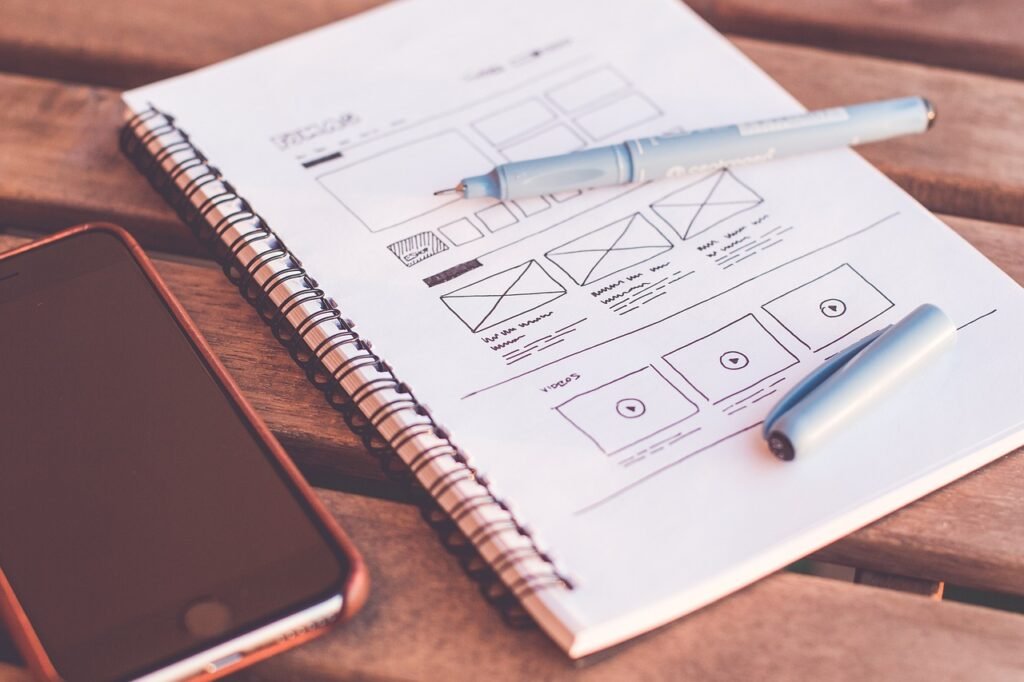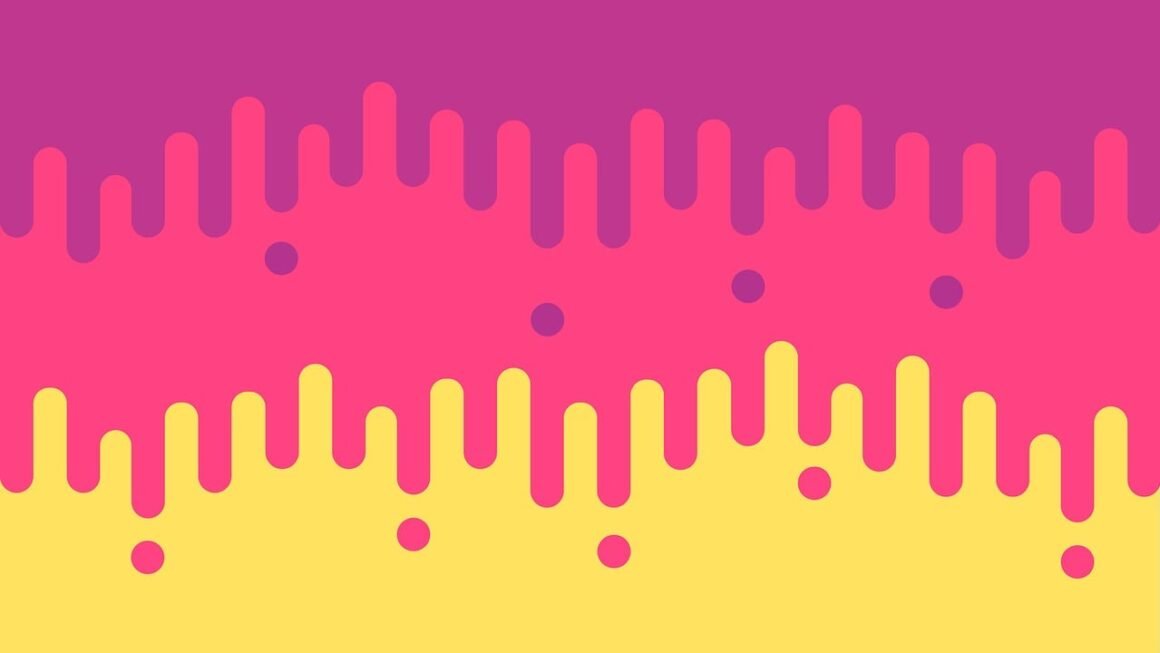Starting a career in graphic design is a little scary at first, but we assure you that it’s so worth it. Whether you are looking to change careers or you are a student who wants his design abilities to arrive earlier, or are you a totally self-taught designer just wanting to sharpen your skills, good news: you are not alone. We’ve already walked thousands of excited prospective designers through their journey of gaining technical and creative expertise with online membership options. Now, I am delighted to share a few points that have helped me in finding my way from a self-taught graphic designer to an illustrator, and I think it can totally help you too!

Now with that said, let me quickly describe what being a graphic designer is all about.
A graphic designer is one who is responsible for pulling off visuals that communicate a message, promote a product, or sell a service and that include large-scale visuals such as posters, magazines, web banners, and so on. A graphic designer does not have to draw; one only has to be creative enough to carry ideas with unequaled proficiency through software and design tools. This means rulers and measurements and tools for typography, images, and color.
Having had the user fulfill basic requirements, we can now start with the first but essential postulation programs to give life to your career as a graphic designer.
These may sound like clichés, but they hold true for some specific reasons: passion becomes intrinsic in the design sector. If you’ve ever sat down with a sketch-pad and began making tangents in it, flipped through a magazine admiring the composition, or undertaken to lining up the perfect palette, then the passion for design potentially lies within you. This is good if you also love art and beauty in general. But it doesn’t take much to drive your passion; you need to practice to improve your skills.
- Mastering Software Applications, One Step at a Time
Besides creativity, it is in your interest to develop your software skills as a designer. However, you cannot learn everything at once. All focus on learning one software package at a time will prevent you from becoming overwhelmed and from not being able to master anything in it for a while.
Learn industry-standard software, such as:
Adobe Photoshop (image editing and photo manipulation)
Adobe Illustrator (vector-based illustrations and logo designs)
Adobe InDesign (layout design, publications, and typography)
Learn and make it your very own before you scatter your focus into other software. - Start by Gathering References and Forming a Design Library
When you are passionate about design, you should also be an active researcher. Try to devote 5-10 minutes of your daily routine to make a catalog of your references-along with the work you love in design. The more you see new concepts, aesthetics, and production processes, the more you realize what design is all about. When looking at a design, try to ask yourself: Why do I feel attached to it? What design elements are at play? And how do they relate to one another?
Here are some places to initiate it:
Instagram: Save design photos and videos that you fancy-and then organize them
Pinterest: A popular and much-visited online site where people from all corners of the world share designs they admire or even regard as possible
Behance and Dribbble: Both should also be listed in design portfolios or galleries; they occasionally tell us about those using their works; partially in designs; and on design projects
Nature and Everyday Life: From this world here and right in front of your eyes, an inspiration may come.
Copying, Reiterating, and Simplifying
After establishing a good library, it is the right time one can start replicating designs she or he enjoys seeing. It has been said by the experts that exactly copying the designs could also be a productive approach and a way to educate. After practicing at this means of replication, one’s job should be to understand different principles of design. It is generally a good idea to attempt various kinds of elements in several content from which designs could be vaulted and then refined as they become your style presents itself. Really worth reading is Austin Kleon’s work Steal Like an Artist in which the author demonstrates how people can work ethically in the tap dance where copying and existence merge together through dance. - Don’t Lay Hands on a Design Career Just Yet.
An irresistible pull might well be pulling you toward giving up your daily job and hitting the freelancing track. But resisting that temptation is in your best interest. It is best that you accumulate a developing file to get the client base or indeed some offers before considering quitting your current job. Headlong in and freelancing without secondary means could quite well 1pose significant stress upon your design regimen. In your spare time—weekends, evenings, or during lunch breaks—practice, build, practice, and remold your portfolio. - Time management is key
Time is the most valuable commodity you own. Thus, managing time effectively is crucial. Introducing learning into your daily schedule will entail improvement of your designing skills. Towards this aspect, allocate at least two hours per day for three days a week to watching tutorials, working on design projects, or experimenting with the newest techniques. Admit that this is a commitment like going to a normal job-put it there, then we will stick to it. - Build A Portfolio Of Things You’d Really Love Doing
Your portfolio is your ticket to your dream job in design, so choose very wisely regarding what pieces of work you exhibit. If you have got a thing for logo design, then the most important thing on there should be logos. If you are great at editorial, fill up your composition with editorial pieces. The clearer you are about what you want to do, the easier your path will be.
One of the best ways to display your portfolio is through specific work on real tasks. Crowdsourcing sites, like 99designs or Upwork, actually offer job requirements and are great sources, even for newer designers. Remember: the idea is to practice your craft, win or lose the project, as long as the project strengthens your portfolio. - Accept Criticism and Learn from It
Design is subjective. It is, therefore, normal if not everyone will be in love with your work. However, for greatness as a designer, learning is key-not to respond too defensively when critiqued. Negative feedback (however scary it may feel) is very useful—it shows you your weak areas for improvement and hones your skill. So listen, learn, and apply wherever necessary on the next project. - Show Off Your Work
In this digital age, everything is around visibility. Therefore, have platforms, such as Behance, Dribbble, or Instagram, where you can show your work in the open. The more people see what you do, the more they will want to collaborate. Be open to sharing stages of the creative process: doing so allows the audience some insight into your work process and philosophical leanings.
And here’s a pro tip: to manage multiple platforms could leave you overwhelmed, so concentrate on a couple you enjoy working with mostly. The consistency is the final ingredient on the way to motivation and growth of a fanbase. - Network and Collaborate
Networking can appear intimidating; but the same can be also useful in propelling your design career. Attend creative gatherings, workshops, or meet-ups with professionals and potential clients who possess the same understanding. This definitely becomes a connection to valuable partnerships and opening up new opportunities for you.
And with your commitment, continued learning, and chance-expanding creative bounds, who says you would not become a noted graphic designer?



